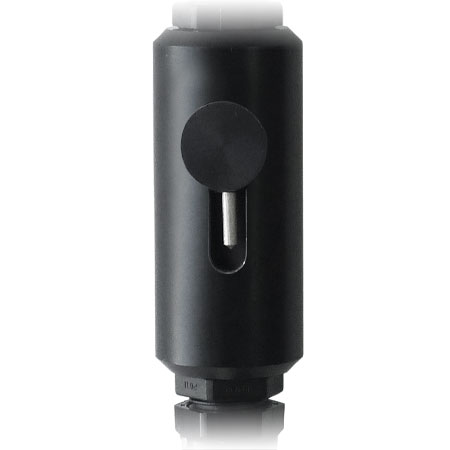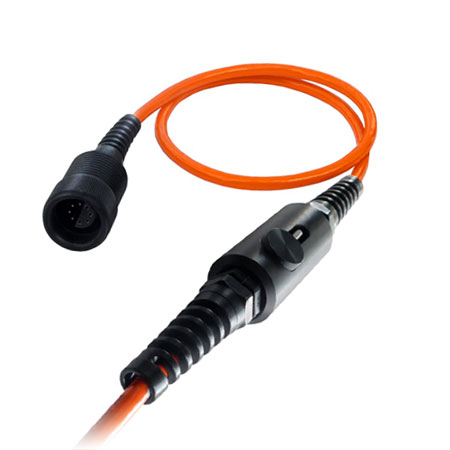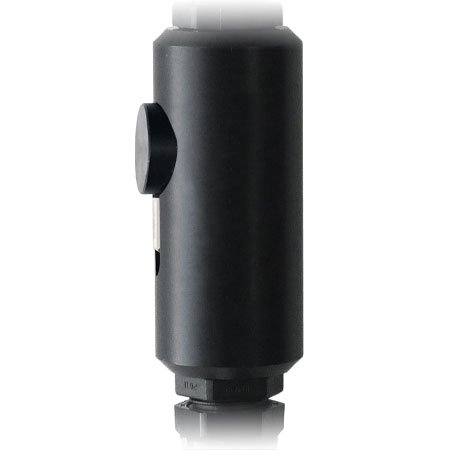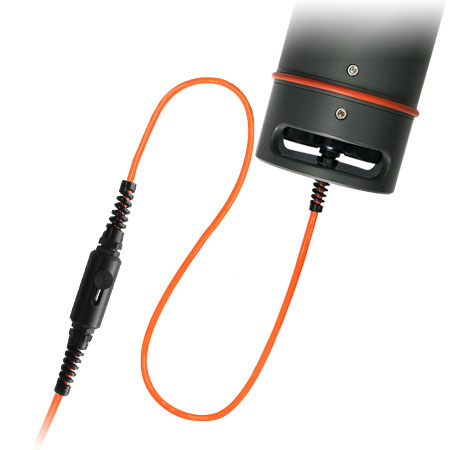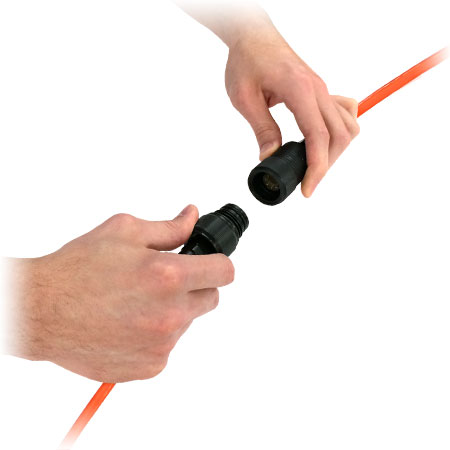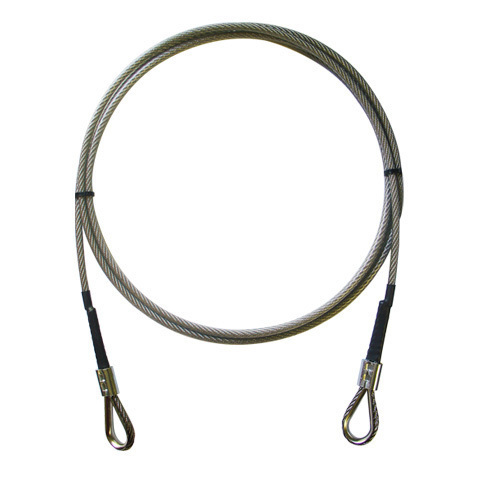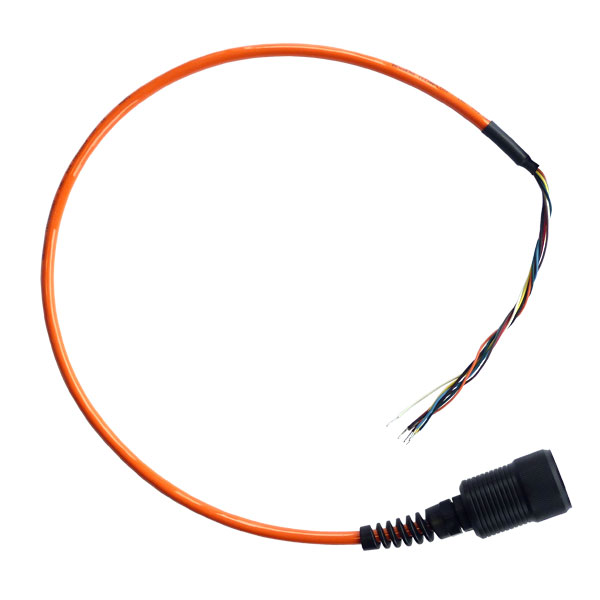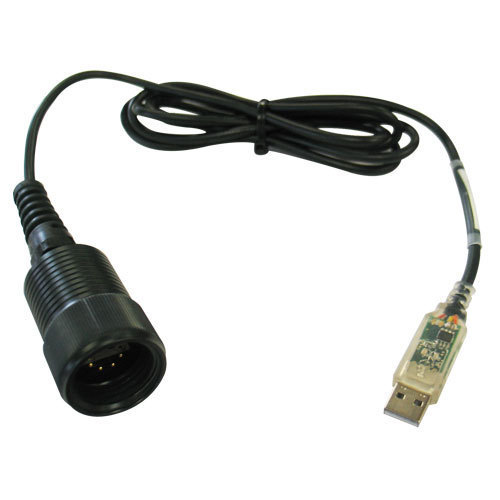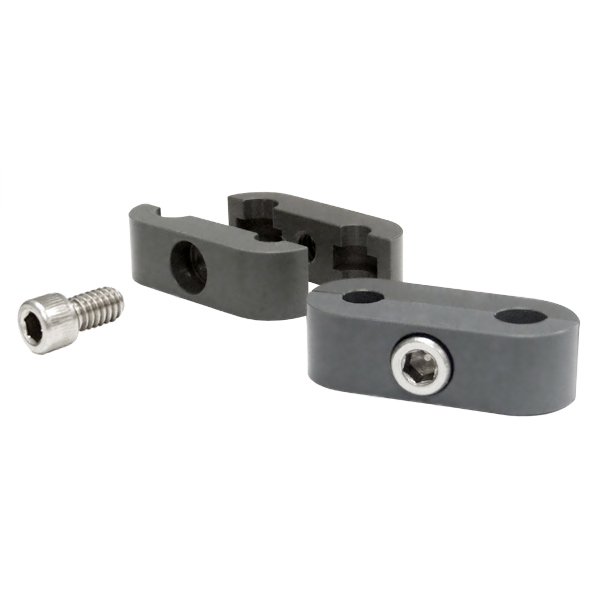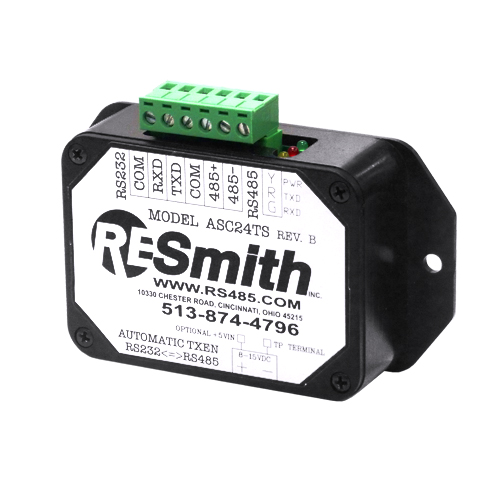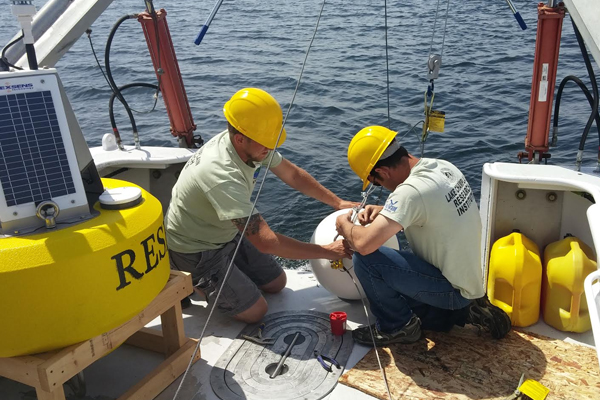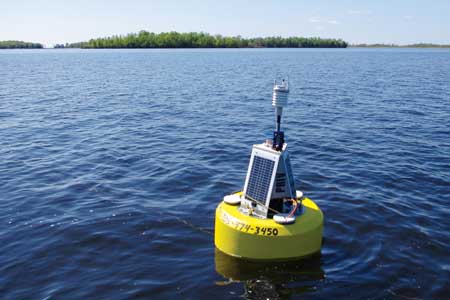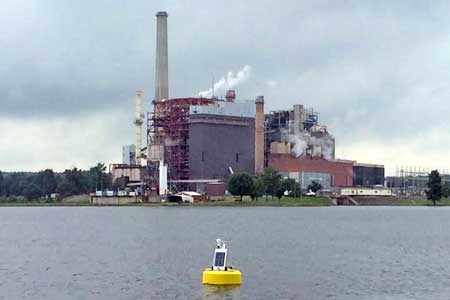TS210 Temperature String
The NexSens TS210 Temperature String provides high precision measurements for profiling in lakes, streams, and coastal waters.
Features
Tech Specs
- Sensor: Thermistor
- Range: 0 to 45 C (32 to 113 F)
- Accuracy: +/-0.075 C
- Resolution: 0.01 C
- T90 Response Time: 60 seconds
- Refresh Rate: 2 seconds
- Maximum Sensors: 250
- Maximum Length: 1219m (4000 ft.)
- Maximum Depth: 200m (656 ft.)
- Communications: RS-485 Modbus RTU
- Power Requirement: 4-28 VDC
- Current Draw Per Node: 1.3mA active; 0.35mA sleep; 0.05mA deep sleep
- Connector: 8 pin, sensorBUS
- Dimensions: 7.62cm L x 3.56cm Dia. (3.0" L x 1.4" Dia.)
Q&A
Accessories
Case Studies
Monitoring An Active Thermocline, Rapid Changes
Beginning in the 1990s, researchers have collected samples manually every few weeks on trips to Lake Champlain to gather data on its dynamics. But the metrics the team has collected are spotty, considering the faster-paced changes fueled by a changing climate. To help fill in those holes, researchers from the State University of New York (SUNY)—Plattsburgh deployed a cellular data buoy in the lake near Valcour Island. The buoy is […]
Read More →Lake Nipissing Algae Events
Despite Lake Nipissing’s popularity as a destination for tourists and fishermen in Ontario, Canada, relatively little is known about nutrient availability for algae that sometimes blooms there. Luckily, several investigators at the University of Saskatchewan and Nipissing University are working to fill the gap in understanding. Key to answering their questions is learning more about the lake’s stratification, or how its water column differentiates based on changes in temperature. These […]
Read More →Managing Plant Discharge Temperatures
The Southern Illinois Power Cooperative operates a power plant near Lake of Egypt around the clock to produce energy for its customers. All the activity can stress the plant’s infrastructure, so key to continuing its operations is minimizing that stress as much as possible. One of the main issues that plant managers encounter in overseeing operations is keeping equipment from overheating. They routinely pump in water from the lake to […]
Read More →

